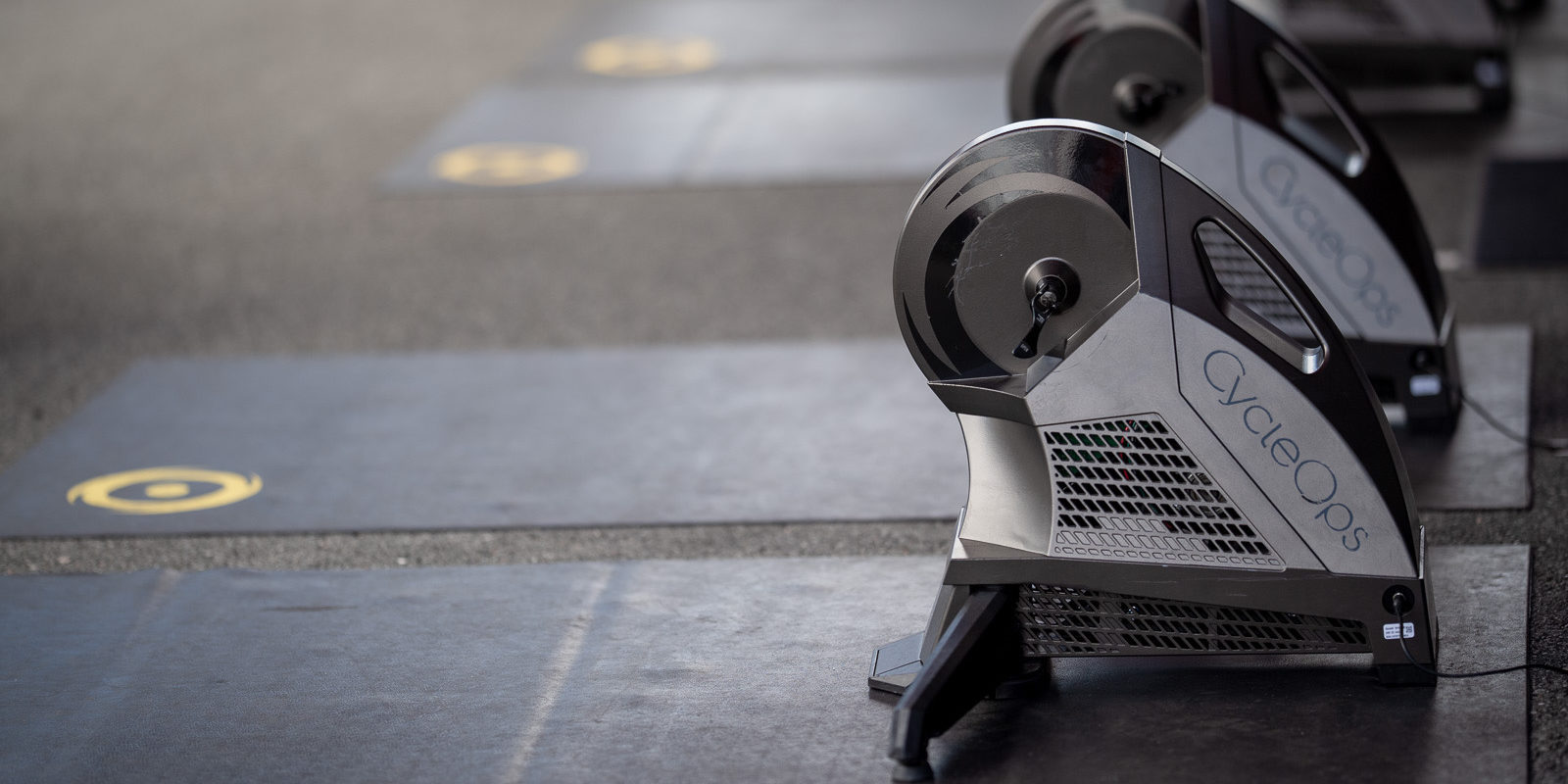Have you considered ditching those long, boring (often cold) base miles in favor of some quick and dirty intervals? You might want to think twice.
It seems like every day there’s a new article published on the efficacy of short, high-intensity interval training (HIIT), touting it as the only way to get fit this winter. While none of these articles or scientific studies are necessarily wrong, they have one major issue: the length of the study.
Most studies compare the effects of HIIT to moderate volumes of low-intensity training over periods of only a few short weeks. While it is true that HIIT is excellent for improving endurance, Vo2 MAX, efficiency, and almost any other endurance marker in a few weeks, it’s imperative that you look at what happens to fitness markers over a whole season.
Ask yourself: if HIIT is so effective, why are World Tour teams still doing six-hour training rides at a moderate pace? The reason is that they are looking at the long-term progression of each athlete, and aiming for a sustainably high level of peak performance.
I’m not advocating that everyone get out there and put in 20+ hour training weeks all winter long, or that you should be regularly logging seven-hour rides—that’s obviously not feasible for most of us. What I am saying is that there is no substitute for volume.
If we think of fitness in terms of “CTL” or the rolling average TSS per day over the last 42 days, this makes perfect sense. Anyone who has done a 200TSS 5hr endurance ride and a 200TSS interval workout indoors knows that one of these is a lot harder to do than the other (hint: it’s the intervals). Slow, high-volume training allows the athlete to rack up more fatigue or TSS, day after day, with less recovery time. Simply put, you can do more work when you keep your intensity low.
However, just like any other time of the year, balance is the key to winter training. When it comes to your busiest work weeks, HIIT is a great way to build fitness in the dark and cold winter mornings before work. Working in a three or more hour ride whenever the weather allows (or at least every 10 days or so) can help you reach a higher and more sustainable level of fitness—and avoid the inevitable burnout of a winter filled with interval training.
Reverse Periodization is another popular term and something that can work well for athletes competing against freezing temperatures or full-time jobs. This essentially means prioritizing intensity in the winter months and adding volume back in when the race season approaches. This allows the riders to build up that CTL in time for their key events without wasting their motivation on long cold riders all winter. Even World Tour teams such as Team Sky have been rumored to use this approach in preparing for Grand Tours.
The most important thing to remember is that as volume increases, intensity must drop, and vice versa. Using the TrainingPeaks Performance Management Chart and fitness metrics can be invaluable in tracking your fitness and fatigue when using this approach.
Power meters and exercise physiology have come a long way in the past 20 years, allowing athletes to train much more effectively—and as far as winter training goes, there’s more than one way to skin a cat. The days of spending three months in the small chainring for 30+ hours per week are surely behind us, but volume will always be a key component to endurance training. So embrace HIIT as you need it, but be sure to not discard volume and zone two training totally, or your fitness will suffer later in the season.





